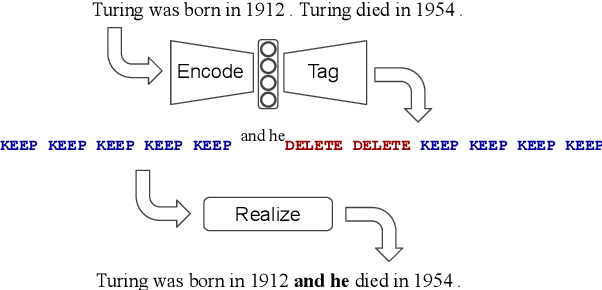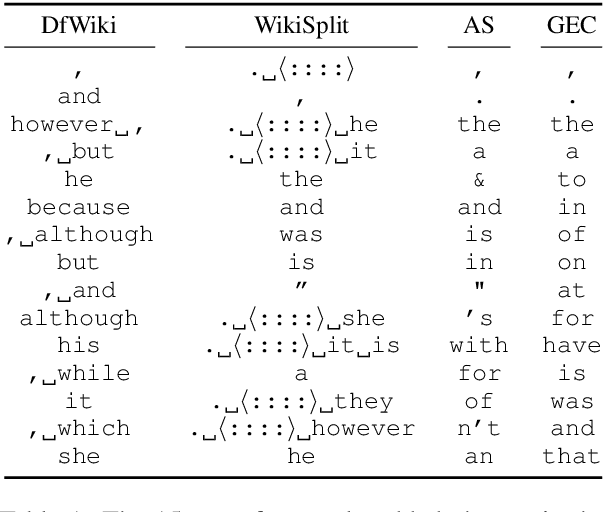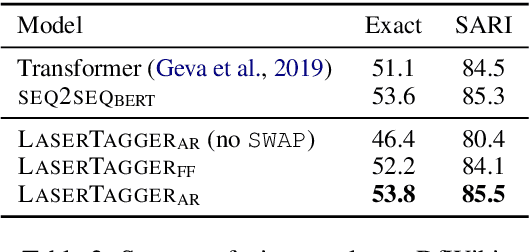Daniil Mirylenka
Gemini: A Family of Highly Capable Multimodal Models
Dec 19, 2023Abstract:This report introduces a new family of multimodal models, Gemini, that exhibit remarkable capabilities across image, audio, video, and text understanding. The Gemini family consists of Ultra, Pro, and Nano sizes, suitable for applications ranging from complex reasoning tasks to on-device memory-constrained use-cases. Evaluation on a broad range of benchmarks shows that our most-capable Gemini Ultra model advances the state of the art in 30 of 32 of these benchmarks - notably being the first model to achieve human-expert performance on the well-studied exam benchmark MMLU, and improving the state of the art in every one of the 20 multimodal benchmarks we examined. We believe that the new capabilities of Gemini models in cross-modal reasoning and language understanding will enable a wide variety of use cases and we discuss our approach toward deploying them responsibly to users.
Text Generation with Text-Editing Models
Jun 14, 2022



Abstract:Text-editing models have recently become a prominent alternative to seq2seq models for monolingual text-generation tasks such as grammatical error correction, simplification, and style transfer. These tasks share a common trait - they exhibit a large amount of textual overlap between the source and target texts. Text-editing models take advantage of this observation and learn to generate the output by predicting edit operations applied to the source sequence. In contrast, seq2seq models generate outputs word-by-word from scratch thus making them slow at inference time. Text-editing models provide several benefits over seq2seq models including faster inference speed, higher sample efficiency, and better control and interpretability of the outputs. This tutorial provides a comprehensive overview of text-editing models and current state-of-the-art approaches, and analyzes their pros and cons. We discuss challenges related to productionization and how these models can be used to mitigate hallucination and bias, both pressing challenges in the field of text generation.
Encode, Tag, Realize: High-Precision Text Editing
Sep 03, 2019



Abstract:We propose LaserTagger - a sequence tagging approach that casts text generation as a text editing task. Target texts are reconstructed from the inputs using three main edit operations: keeping a token, deleting it, and adding a phrase before the token. To predict the edit operations, we propose a novel model, which combines a BERT encoder with an autoregressive Transformer decoder. This approach is evaluated on English text on four tasks: sentence fusion, sentence splitting, abstractive summarization, and grammar correction. LaserTagger achieves new state-of-the-art results on three of these tasks, performs comparably to a set of strong seq2seq baselines with a large number of training examples, and outperforms them when the number of examples is limited. Furthermore, we show that at inference time tagging can be more than two orders of magnitude faster than comparable seq2seq models, making it more attractive for running in a live environment.
 Add to Chrome
Add to Chrome Add to Firefox
Add to Firefox Add to Edge
Add to Edge